Occult Plants
Exploring Herbs in Witchcraft and Occult Plants
Herbs have played a significant role in various spiritual practices, including witchcraft and the occult, for centuries. These plants are believed to possess magical properties that can be harnessed for rituals, spells, and potions. Let's delve into some of the commonly used herbs in witchcraft and explore their mystical associations.
1. Lavender
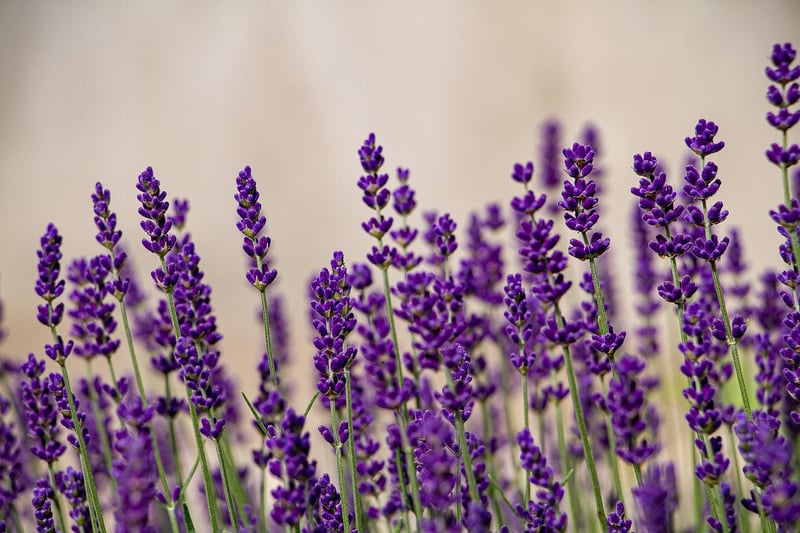
Lavender is known for its calming and soothing properties, making it a popular choice in spells related to peace, relaxation, and healing. It is also associated with purification and protection.
2. Sage
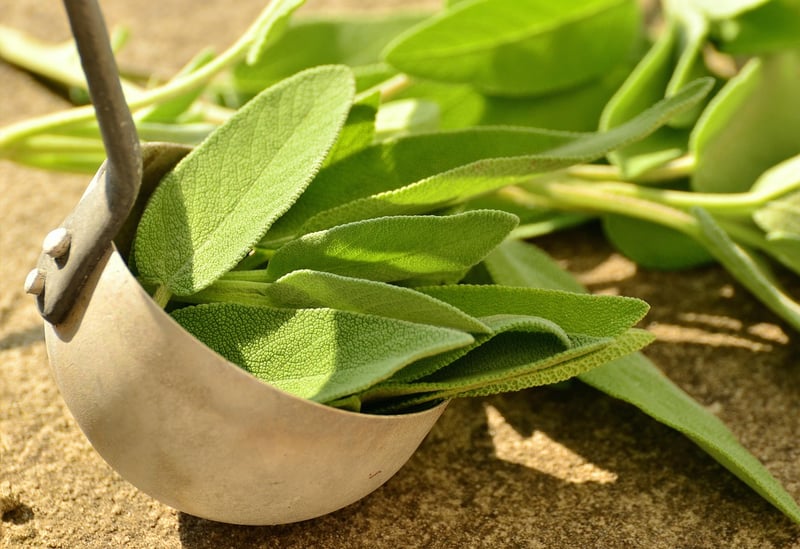
Sage is often used for cleansing rituals to remove negative energy and promote wisdom. It is believed to enhance intuition and provide spiritual protection.
3. Mugwort
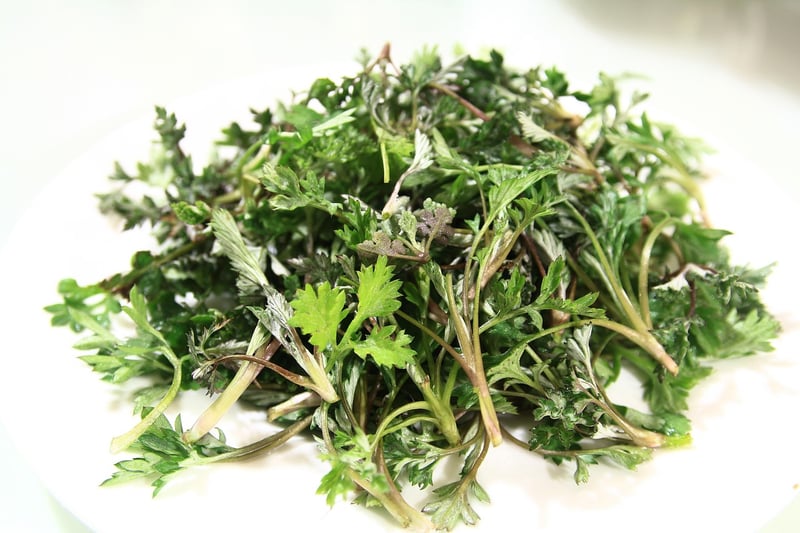
Mugwort is associated with divination and dreaming. It is said to enhance psychic abilities and promote vivid dreams when placed under a pillow or burned as incense.
4. Rosemary
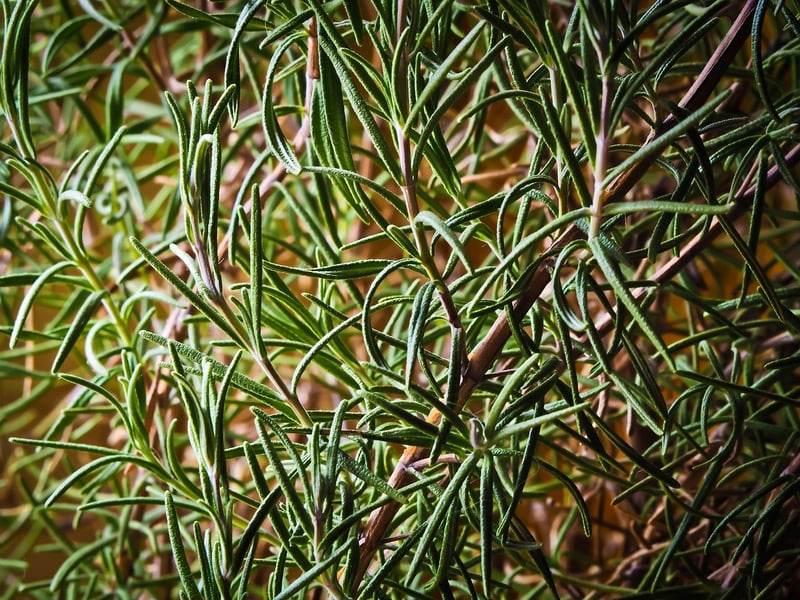
Rosemary is linked to memory, love, and protection. It is commonly used in spells for remembrance, fidelity, and warding off negative influences.
5. Mandrake
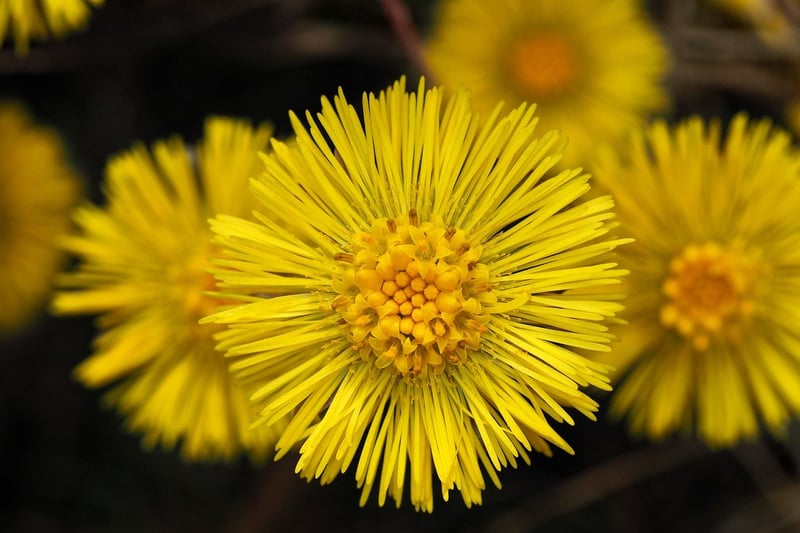
Mandrake is a potent plant associated with magic and fertility. It is often used in spells for empowerment, creativity, and manifestation.
Remember, when working with herbs in witchcraft, it's essential to respect the plants and their energies. Always seek guidance and knowledge before incorporating them into your magical practices.
Whether you are a seasoned practitioner or a curious beginner, the world of herbs in witchcraft offers a vast array of possibilities for exploration and connection with the mystical forces of nature.
